We Use Cookies!!!
We use cookies to ensure that we give you the best experience on our website. Read cookies policies.
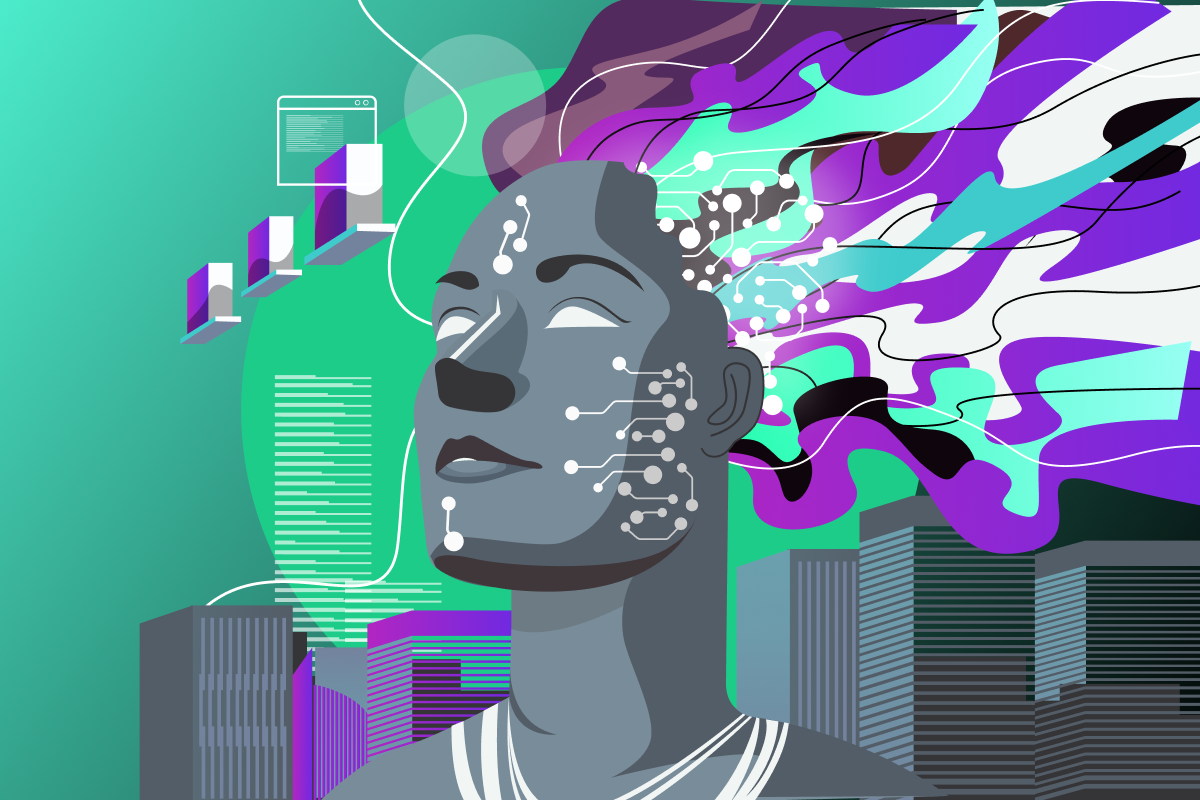
I have often found myself struggling with Python coding, as it consumes a significant amount of time due to my limited coding skills. Consequently, I often wonder if I could simply express my requirements in my native language instead. (My co-founder can relate to this as he has heard this many times from me, 😂) For instance, I would say something like 'Convert the given audio into text' or 'Classify these documents,' and the system would automatically carry out my commands without requiring me to write any code.
I'm sure many of you can relate to this frustration!
Well, it turns out that what seemed impossible before is now within reach, thanks to the fascinating concept of generative artificial intelligence. Generative AI has the potential to revolutionize the field of AI by enabling it to generate novel content and solutions in various domains."
So, let’s understand what generative artificial intelligence, or generative AI, is.
Generative AI is a type of Artificial intelligence that allows us to generate novel content based on a given input or an AI system that is capable of generating text, images, and other types of media output is known as Generative AI.
Generative AI models can take input in any media form and can provide the output in the required media format. For example: You can just write an image description and the model will generate an image accordingly, also known as Text-to-Image generative AI model.
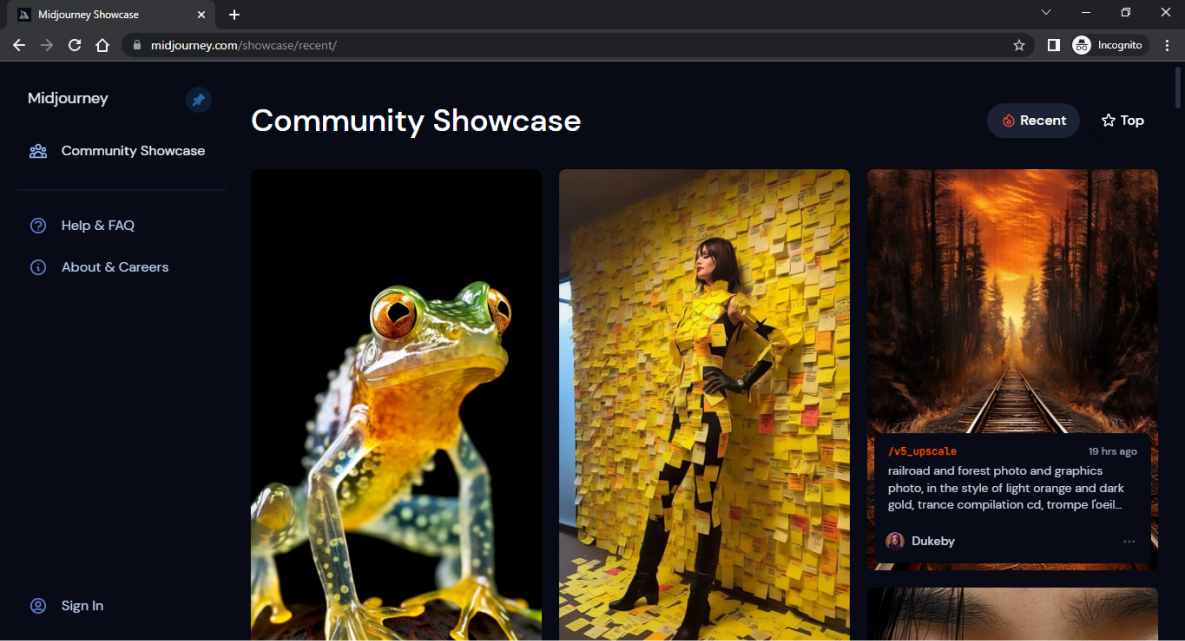
Similar to this, we can generate text like emails, blogs, and articles with just a single line prompt.
Here you can see an example of a Text-to-text model generated by ChatGPT.

Generative AI works by using a type of machine learning called generative modeling. This involves training a neural network on a large dataset of examples, such as images or text, and then using that network to generate new content that is similar to the original dataset.
During training, the neural network learns the statistical patterns and structures of the data, allowing it to generate new content that is similar in style, content, and quality. This is typically done using techniques such as diffusion, adversarial training, variational autoencoders, or transformer networks.
Once the model is trained, it can be used to generate new content by feeding it random noise or other input data, which is then transformed into a new output that resembles the original dataset. The output can be further refined using techniques such as post-processing or fine-tuning to improve its quality and realism.
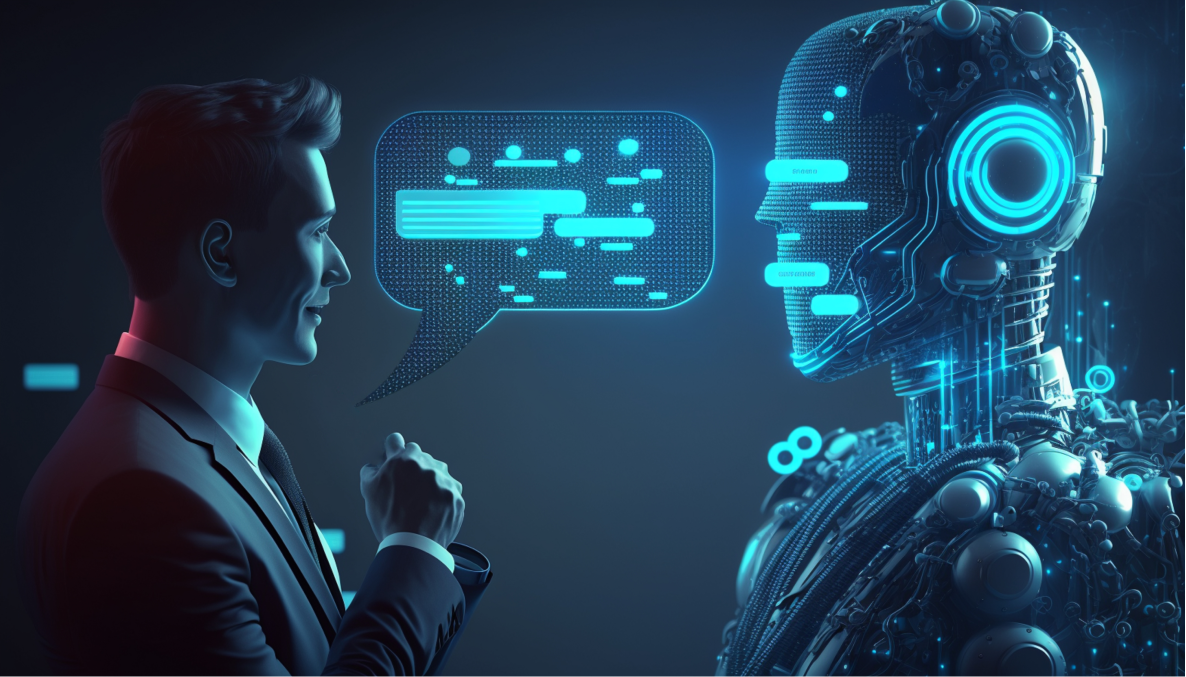
As you know training data is the fuel for any AI model and without high-quality training data, it is nearly impossible to reap the benefits of artificial intelligence.
Generative AI models are being trained primarily on unsupervised learning or self-supervised learning that needs a lot of training data without labeling or some data with labels. Models like Text-to-text use all the data available on the web.
The quality and diversity of the training data are critical factors in the performance of generative AI models. The training data should represent the range of variation and complexity the model is expected to generate.
For example, to generate realistic human faces, the training dataset should include a diverse range of facial features, such as different races, ages, and genders, and different facial expressions and lighting conditions.
The training data can be sourced from various places, such as public datasets, proprietary data, or synthetic data generated by other AI models. However, it's important to ensure that the training data is of high quality, diverse, and representative of the intended use case.
Additionally, to avoid potential bias or ethical issues, the training data should be carefully curated and labeled, and any potential biases in the data should be identified and addressed.
As mentioned earlier Generative AI models can take any media as input and generate output in the required media format. A model that supports one media format is known as unimodal generative AI and on the other hand, a modal that supports more than one media type is known as multimodal Generative AI.
Let’s understand some of them with the latest developments.
Text-to-text generative AI generates natural language text in response to a given input text.
The "text-to-text" aspect refers to the fact that these models are designed to take in a sequence of text as input, and then generate another sequence of text as output. This can be used for a wide range of natural language processing tasks, such as language translation, summarization, question answering, and text completion.
For example, a text-to-text generative AI model trained on English and Hindi text data can be used to translate English sentences into Hindi. It does this by taking in an English sentence as input and generating a corresponding Hindi sentence as output.
ChatGPT by OpenAI: ChatGPT is a text-based generative AI model developed by Open AI, also known as Large Language Model.
It has taken the world by storm and got 100 million users in less than 3 months. It is capable of many creative tasks like content creation, summarization, question-answering, sentiment analysis, language translation, etc.
OpenAI is still improving its performance.
Bard by Google: Bard is also a text-based generative AI model developed by Google, it is also a large language model.
t is still under development and it was only available for US and European users when first launched in March 2023. But in the latest Google I/O 2023 conference they released for all users across globe. You can access bard here
Character AI: Character AI is your virtual AI assistant in different avatars. They have recently launched their beta version, I have personally used this, it is a bit slower but performs very well on text generation tasks.

HeyPI: HeyPI is a text-based personal assistant generative AI model developed by Inflection AI. Its knowledge is limited compared to the mentioned models. The Inflection AI team includes some of the industry’s top AI experts who previously worked at DeepMind, Google, OpenAI, and Meta.
All the above-mentioned are very good at text generation tasks but mostly work for the English language, although some of them claim to be multilingual but give slow and poor results.
Not having enough high-quality multilingual data is a problem here!
Text-to-Image generative AI generates images in response to a given input text.
These models are trained with the help of datasets of textual descriptions paired with corresponding images.
Text-to-Image Generative AI has many applications in areas such as fashion, interior design, and art, where visual representations of products are important. For example, it can be used to generate images of clothes based on textual descriptions or to create realistic interior designs based on textual specifications.
DALL-E: DALL-E is an image generative AI model developed by OPEN AI, this model is capable of generating quality images with the help of prompts. Prompts are sequences of words that help the model to understand the input.
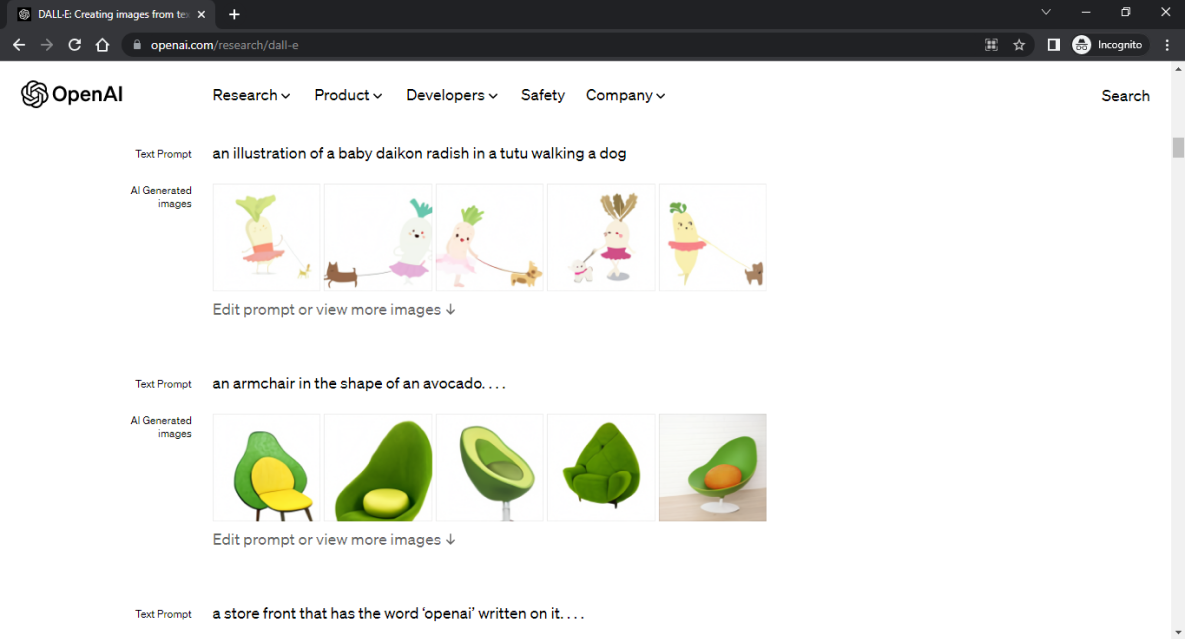
Midjourney: Midjourney is also an image-generative AI model, but is way better at generating art for a given prompt. We can also call it art-generating AI.

There are many other platforms that generate images from text like PicsArt, Canva, DeepAI, Hotpot AI, etc.
However, Text-to-Image Generative AI is still a relatively new field, and there are many challenges that need to be overcome. One of the main challenges is the lack of large-scale datasets of textual descriptions paired with corresponding images. Another challenge is the difficulty of generating high-quality and diverse images that match the textual description.
These two text-to-text and text-to-image generative AI models are growing very rapidly and since humans are more attached to text from their primary school to professional work, these generative models are getting more attention and people have already started using them in daily life.
Other than the above two a lot of other generative models are underdeveloped that support text-to-video generation, text-to-code, image-to-image, and text-to-music generation, and will soon change the creative world.
Let’s see where it can create a positive impact!
Generative AI has opened up a whole new world of creative possibilities in the art and design industries. By training Generative AI models on vast amounts of existing artwork, designers and artists can generate new works that are similar in style and tone to existing ones, while also exploring new and unique styles.
For example, if you want your AI to generate artwork in the style of Van Gogh, you can feed it with a large number of Van Gogh's paintings, allowing the model's neural network to analyze and capture the unique characteristics of his style. The model can then generate new artwork that incorporates these characteristics while also introducing new variations and twists.
Generative AI can also be used to transform one type of artwork into another. By copying the aesthetic and characteristics of a particular painting, Generative AI models can produce alternative versions or even completely different types of artwork.
Unique high-quality and personalized content is the key to any marketing strategy.
Generative AI has the potential to transform the way marketers create and deliver content, personalize messaging, and optimize campaigns. By leveraging the power of Generative AI, marketers can generate high-quality and engaging content, personalize marketing messages based on individual customer data, and optimize advertising campaigns for better ROI.
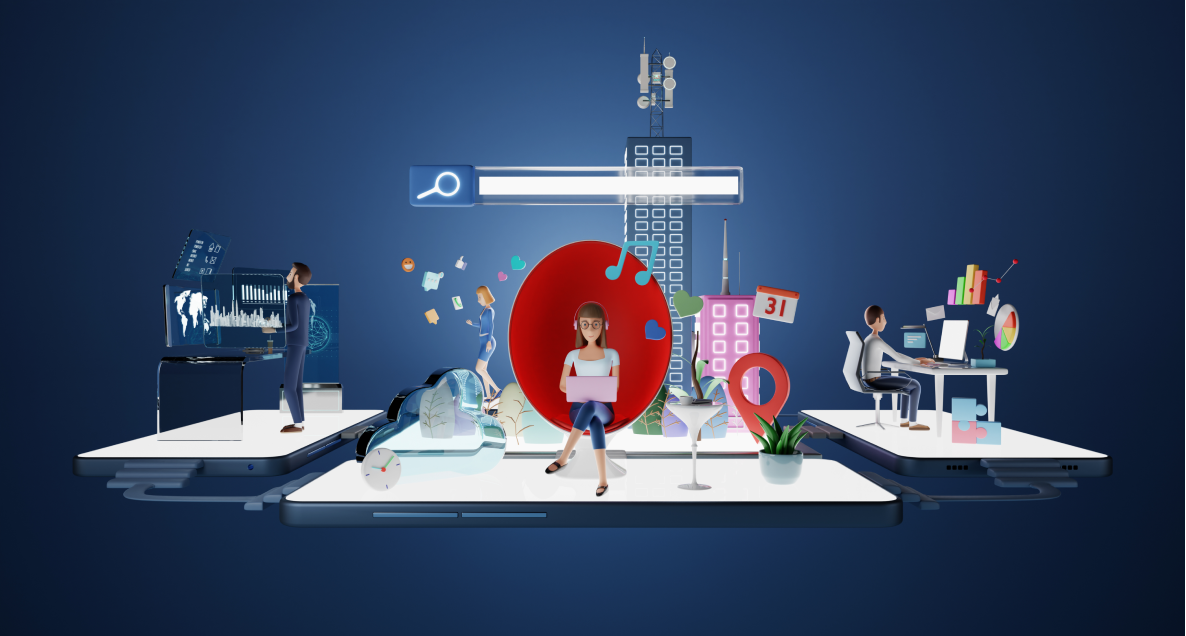
It can be used to automate the process of content creation, allowing marketers to create more content in less time while maintaining consistency and quality. This can include generating blog posts, social media updates, and email newsletters. It can also be used to personalize marketing messages based on individual customer data, such as browsing and purchase history. This can help marketers to deliver more relevant and targeted messages to their audience, leading to higher engagement and conversions.
The gaming industry is one the fastest growing industries that can change with the help of Generative AI. Generative AI has a wide range of applications in the gaming industry, including the creation of game content, the development of intelligent game agents, and the optimization of game performance.
One of the primary applications of Generative AI in gaming is the generation of game content. This can include generating game levels, scenarios, and characters, and providing game developers with new and creative ideas for their games. It can also be used to create game assets such as textures, sounds, and music, enabling developers to create unique and immersive gaming experiences.
Generative AI has the potential to change healthcare in a variety of ways, including better disease detection, faster medication discovery, and better patient care.
Improving disease diagnosis is one of the key uses of Generative AI in healthcare. Large volumes of patient data, like medical pictures, genetic information, and patient histories, can be analyzed by generative AI systems to uncover patterns and connections that human doctors may miss. This can help clinicians diagnose diseases earlier and more accurately, ultimately improving patient outcomes.
Generative AI can be used to generate high-quality and realistic sound effects for use in the music, film, and gaming industries.
Sound engineers and producers can create new sounds that are similar in tone and style to already existing ones while also exploring fresh and original soundscapes by training Generative AI algorithms on vast databases of audio samples.
Generative AI can also be used to generate ambient background noise for usage in virtual reality (VR) and augmented reality (AR) applications, making the user experience more realistic and immersive.
Generative AI is an excellent tool for generating synthetic data, which can be used to train machine learning models without the need for large amounts of real-world data.
By training Generative AI models on existing datasets, they can learn to generate new, realistic data that is similar to the original data in terms of its structure and characteristics.
It can also be used to generate data that is intentionally different from the original data, allowing machine learning models to be trained on a wider range of scenarios and use cases.
In industries such as finance and healthcare, where large amounts of sensitive data are involved, it can be used to generate synthetic data that is similar in structure and characteristics to the original data, but without containing any sensitive information.
AI is growing and the future of Generative AI is bright as it allows us to be more creative, it can help us to create high-quality content, and it can save a lot of time for us. People can get what they want with just a few prompts with the help of Generative AI. Generative AI poses the capability to generate text, images, art, and video beyond human imagination. But at the same time, it also poses some challenges like copyright issues, scams, fake news, deep fakes, etc, and can also be used for political benefits.
It is still a growing field and one should be aware of the challenges while using this technology!
